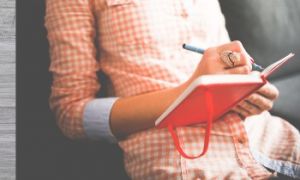The EYLF provides a foundation for quality early childhood education in Australia. At its heart are the five learning outcomes, which guide educators in supporting children’s holistic development. These outcomes—Identity, Community, Well-being, Learning, and Communication—are essential, but remembering them in order can sometimes be tricky. To make them easier to recall, educators can use creative strategies such as mnemonics, visual aids, storytelling, and interactive activities. This article explores fun and practical methods to embed the outcomes into everyday practice.
1. Mnemonic Phrase: “I Can Win Learning Challenges”
- I – Identity: Children have a strong sense of identity.
- Can – Community: Children are connected with and contribute to their world.
- Win – Well-being: Children have a strong sense of well-being.
- Learning – Learning: Children are confident and involved learners.
- Challenges – Communication: Children are effective communicators.
2. The Five Finger Reminder
Assign each learning outcome to a finger:
- Thumb – Identity (Strong foundation, like a thumb)
- Index Finger – Community (Pointing to connections)
- Middle Finger – Well-being (Balance and strength)
- Ring Finger – Learning (Commitment to growth)
- Pinky Finger – Communication (Small but essential)
3. Rhyming Phrase
"Identity grows, community flows, well-being shows, learning knows, and communication glows!"
4. Story Approach
Imagine a child named Ivy (Identity) who loves exploring her Community. She enjoys outdoor play for her Well-being, is always eager to Learn, and loves Communicating her discoveries with friends.
5. Visual Acronym
- I – Identity
- C – Community
- W – Well-being
- L – Learning
- C – Communication
6. Treasure Map Journey
Frame the outcomes as steps in an adventure:
- Identity – The starting point (Who am I?)
- Community – Finding allies (Who is around me?)
- Well-being – Strength for the journey (How do I stay strong?)
- Learning – Discovering new paths (What can I explore?)
- Communication – Sharing the adventure (How do I tell my story?)
7. Color Coding
Assign a color to each outcome:
- Red – Identity (Strong foundation)
- Blue – Community (Connections)
- Green – Well-being (Growth)
- Yellow – Learning (Curiosity)
- Purple – Communication (Expression)
8. Hand Gestures
Create simple movements to represent each outcome:
- Identity – Point to yourself
- Community – Extend arms outward
- Well-being – Place hands on heart
- Learning – Raise hands like reaching for knowledge
- Communication – Mimic talking or writing
9. Storytelling with Characters
Assign each outcome to a character:
- Indie (Identity) – Loves self-discovery
- Cam (Community) – Connects with others
- Wren (Well-being) – Focuses on health and emotions
- Leo (Learning) – Always curious
- Cora (Communication) – Expresses ideas creatively
10. Song or Chant
"I know who I am, I connect with my world,
I stay strong and grow, I learn and explore,
I share what I know, and my voice is heard!"
The EYLF five learning outcomes are the cornerstone of early childhood education, and remembering them doesn’t have to be a challenge. By using mnemonics, rhymes, stories, colors, gestures, and songs, educators can make these outcomes accessible and enjoyable for children and colleagues alike. Each creative strategy not only aids memory but also reinforces the values of identity, community, well-being, learning, and communication in meaningful ways.


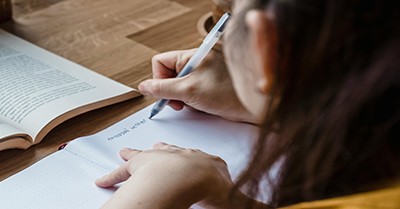

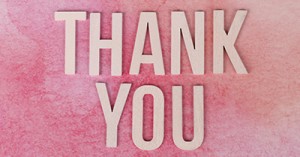
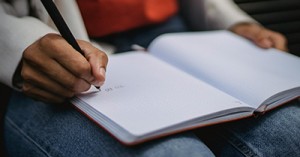
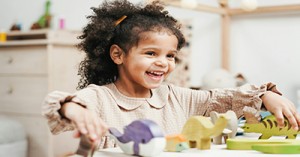
 Here is the list of the EYLF Learning Outcomes that you can use as a guide or reference for your documentation and planning. The EYLF
Here is the list of the EYLF Learning Outcomes that you can use as a guide or reference for your documentation and planning. The EYLF The EYLF is a guide which consists of Principles, Practices and 5 main Learning Outcomes along with each of their sub outcomes, based on identity,
The EYLF is a guide which consists of Principles, Practices and 5 main Learning Outcomes along with each of their sub outcomes, based on identity, This is a guide on How to Write a Learning Story. It provides information on What Is A Learning Story, Writing A Learning Story, Sample
This is a guide on How to Write a Learning Story. It provides information on What Is A Learning Story, Writing A Learning Story, Sample One of the most important types of documentation methods that educators needs to be familiar with are “observations”. Observations are crucial for all early childhood
One of the most important types of documentation methods that educators needs to be familiar with are “observations”. Observations are crucial for all early childhood To support children achieve learning outcomes from the EYLF Framework, the following list gives educators examples of how to promote children's learning in each individual
To support children achieve learning outcomes from the EYLF Framework, the following list gives educators examples of how to promote children's learning in each individual Reflective practice is learning from everyday situations and issues and concerns that arise which form part of our daily routine while working in an early
Reflective practice is learning from everyday situations and issues and concerns that arise which form part of our daily routine while working in an early Within Australia, Programming and Planning is reflected and supported by the Early Years Learning Framework. Educators within early childhood settings, use the EYLF to guide
Within Australia, Programming and Planning is reflected and supported by the Early Years Learning Framework. Educators within early childhood settings, use the EYLF to guide When observing children, it's important that we use a range of different observation methods from running records, learning stories to photographs and work samples. Using
When observing children, it's important that we use a range of different observation methods from running records, learning stories to photographs and work samples. Using This is a guide for educators on what to observe under each sub learning outcome from the EYLF Framework, when a child is engaged in
This is a guide for educators on what to observe under each sub learning outcome from the EYLF Framework, when a child is engaged in The Early Years Learning Framework describes the curriculum as “all the interactions, experiences, activities, routines and events, planned and unplanned, that occur in an environment
The Early Years Learning Framework describes the curriculum as “all the interactions, experiences, activities, routines and events, planned and unplanned, that occur in an environment